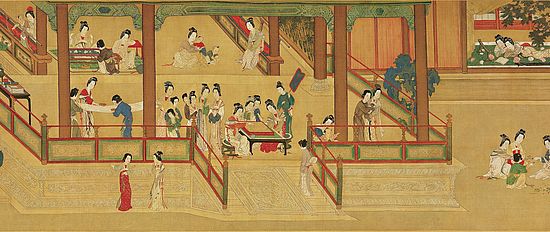
Nadine Amsler, Pascal Firges, Cristian Consuegra
Comparative perspectives on dynastic reproduction
While the other subprojects are in-depth, source-based studies of practices and representations of early childhood and dynastic reproduction at princely courts, the goal of this subproject is a comparative meta-analysis. Building on the growing amount of comparative historical work on dynasties and courts and on monarchical rule, this project will compare practices linked to the problem of dynastic reproduction in Eurasia.
In order to establish an open framework of comparison, it will heavily rely on the results of the other subprojects and on scientific exchange with specialists of area studies. A core element will therefore be the organization of an international conference on “Dynastic reproduction in the early modern world” (planned to be held in Basel in 2026) that will bring together experts on different area studies and will thus help to establish a scientific network and test the possibilities of comparative views on Eurasian patterns of dynastic reproduction. On the basis of this conference, an edited volume will be developed.
Furthermore, a focused comparative case study on wet nurses at Chinese, Ottoman, and Europan courts is planned. This will allow a comparison of cases with distinct systems of dynastic marriage, reproduction, and succession. First investigations into the Chinese case show that, due to the lack of Chinese dynasties’ intermarriage with other dynasties and the resulting low social origins of all women at court (including wives and concubines), wet nurses (rumu) could sometimes wield enormous political power. At the Ottoman court, the Sultan’s wet nurse (daye hatun) was also an important figure. Its investigation is of special interest thanks to the formalized concept of milk kinship in Ottoman law. The comparative research will rely on Chinese primary sources for the study of the Ming and Qing courts and on the rich secondary literature in European languages on the Ottoman court.
